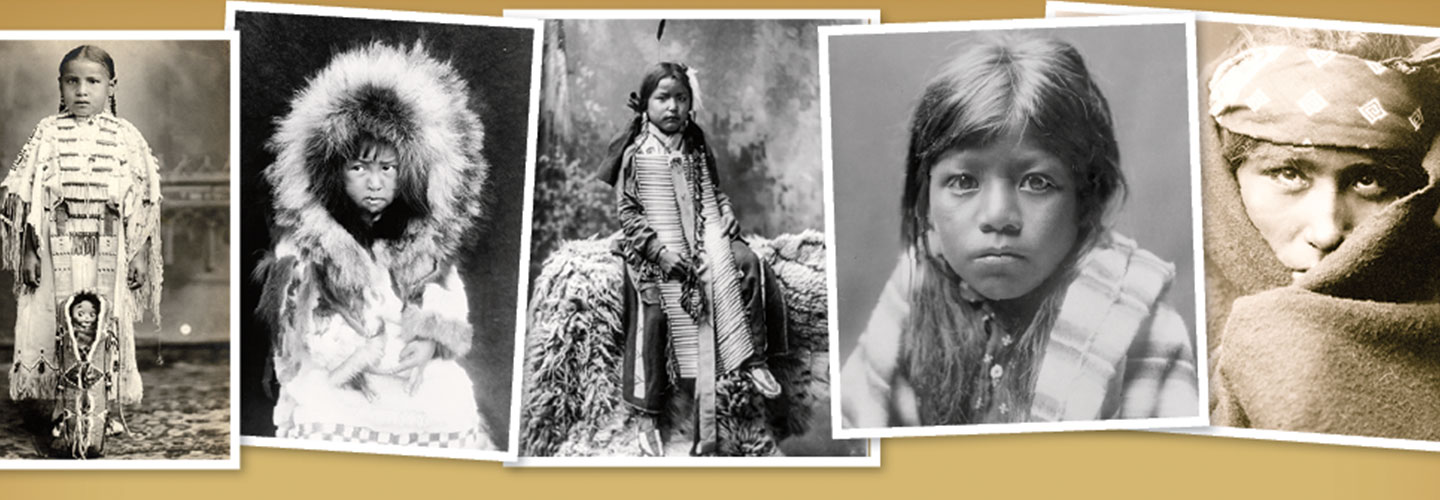Jim McMahon/Mapman ®
A Long Journey
Ota Kte was a member of the Lakota tribe. Before being sent to the Carlisle School in Pennsylvania, he lived on a reservation in South Dakota.
Was 11-year-old Ota Kte going to be killed?
The year was 1879. Ota Kte (OH-tuh koo-TAY) was a member of the Lakota tribe. He was riding on a train with 83 other Native American children. They had left their families in the Dakota plains. Now they were traveling east to a mysterious land called Pennsylvania. Watching over them was a white man in an Army uniform.
Ota Kte’s father had told him that the children were being taken to a school. But Ota Kte was sure the soldier had tricked his father. That’s because Ota Kte knew one thing: Never trust a white man.
For longer than he had been alive, Ota Kte’s people had been hurt by white people. White men stole their land. They brought deadly “white man” diseases. And they started endless wars.
Ota Kte watched this white soldier as the train traveled east. How had this man gotten so many Native American people to send their children away? And what did he really want with Ota Kte?
Was 11-year-old Ota Kte going to be killed?
The year was 1879. Ota Kte was a member of the Lakota tribe. He was on a train with 83 other Native American kids. They had left their families in the Dakota plains. Now they were heading east to a place called Pennsylvania. Watching over them was a white man in an Army uniform.
Ota Kte’s father had told him that the kids were going to a school. But Ota Kte was sure the soldier had tricked his father. Ota Kte knew one thing: Never trust a white man.
For longer than he had been alive, Ota Kte’s people had been hurt by white people. White men stole their land. They brought deadly “white man” diseases. And they started endless wars.
Ota Kte watched the white soldier. How had this man gotten so many people to send their kids away? And what did he really want with Ota Kte?
Was 11-year-old Ota Kte going to be killed?
The year was 1879. Ota Kte, a member of the Lakota tribe, was riding on a train with 83 other Native American children. They had left their families in the Dakota plains and were now traveling east to a mysterious land called Pennsylvania. Watching over them was a white man in an Army uniform.
Ota Kte’s father had told him that the children were being taken to a school—but Ota Kte was sure the soldier had tricked his father. That’s because Ota Kte knew one thing: Never trust a white man.
For longer than he had been alive, Ota Kte’s people had suffered at the hands of white people. White men stole their land, brought deadly “white man” diseases, and started endless wars.
Ota Kte watched this white soldier as the train traveled east. How had this man persuaded so many Native American people to send their children away? And what did he really want with Ota Kte?

